In the good old days, there was basically just one type of cable to connect a computer to a monitor, and that was the VGA cable. The connector is typically blue and looks like this:
DVI (Digital Visual Interface) provides a much better image than VGA since it is digital instead of analog, but like VGA, does not carry audio signals. It is typically white or black and looks like this:
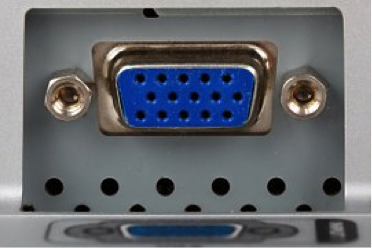
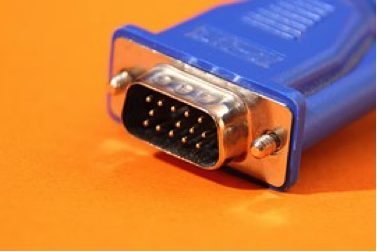

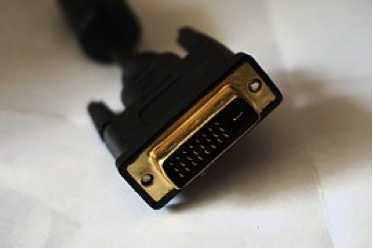
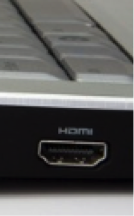
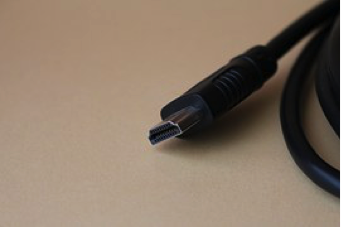
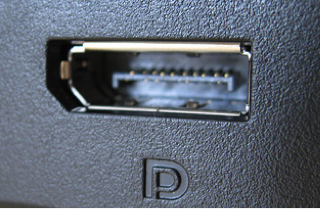
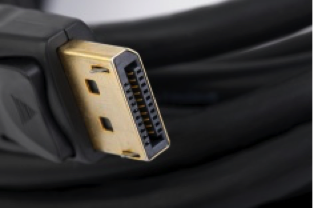
 RSS Feed
RSS Feed